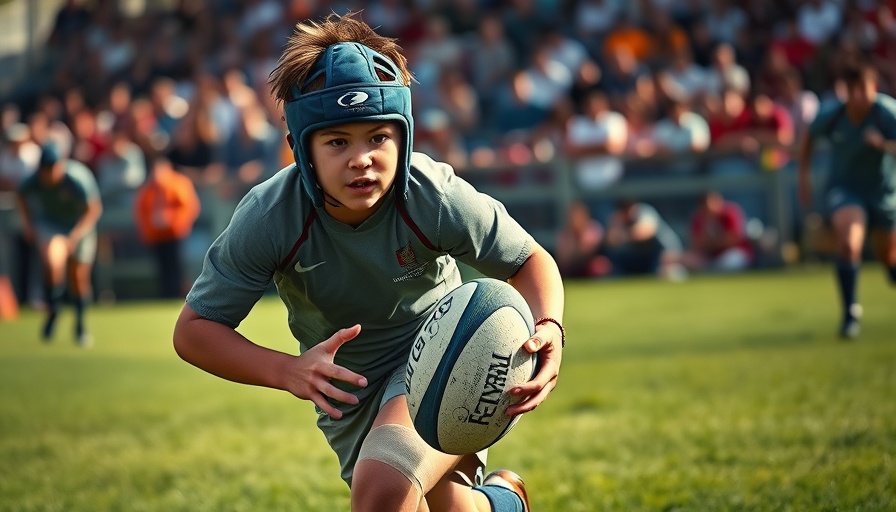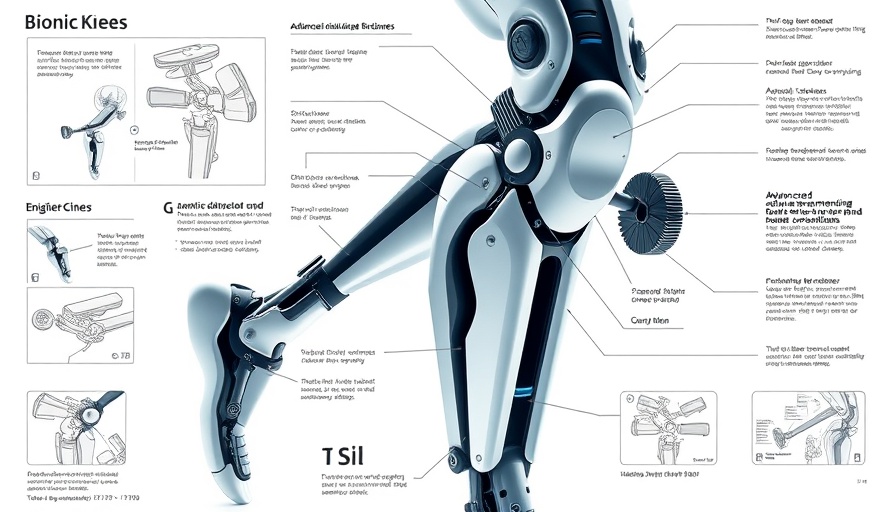
Understanding the Concussion Risks in Rugby
Rugby is a fast-paced sport known for its intensity and physical contact, which can lead to significant injuries, specifically concussions. Despite wearing headgear designed for safety, research shows it may not entirely prevent concussions among players. A recent study indicates that while headgear can offer some protection against scalp lacerations, it does not substantially reduce the risk of brain injury resulting from impacts. This poses a significant concern not only for players but also for coaches, parents, and health professionals who are involved in the sport.
The Search for Smarter Materials
As we continue to understand the implications of sports injuries, innovative solutions are being explored. The focus is shifting toward developing new materials for headgear that could absorb and disperse the energy from impacts more effectively. Advances in technology suggest that materials like viscoelastic polymers or advanced foams could revolutionize the design of protective sports equipment.
The Potential of Advanced Engineering in Player Safety
By incorporating cutting-edge engineering techniques, the next generation of rugby headgear could not only soften impacts but also reduce the cumulative effects of repeated head trauma that players often experience over their careers. Scientists are testing prototypes that prioritize player comfort and mobility while fortifying their helmets against varying impact forces.
Player Perspectives: The Importance of Feeling Secure
While the prospect of improved headgear is promising, the sentiments of players must also be taken into consideration. Many athletes express a desire for equipment that feels lightweight and non-restrictive. The psychology of player safety—how they perceive their gear’s effectiveness—can directly impact their performance and willingness to engage in physical contact during games. If players feel safer, they may play more confidently, potentially leading to safer practices on the field.
Future Trends: Balancing Innovation and Tradition in Rugby Gear
The challenge moving forward for manufacturers will be balancing the need for safety with the traditions of the sport. Engineering innovations must align with the fundamental elements of rugby culture. By striving for designs that embrace both tradition and modern safety standards, the sport could enhance player well-being without sacrificing its essence.
Conclusion: Advocating for Player Safety
Rugby's enduring nature relies on a commitment to player safety. As research continues, players, coaches, and manufacturers must unite to advocate for advances in protective gear that meet the highest safety standards. The evolution of rugby equipment is not just about technology; it is about fostering a culture where players can compete confidently knowing they are wearing gear equipped for their protection. Thus, an informed community will drive demand for smarter materials, signaling an era where player welfare is prioritized. As the sport evolves, it provides an opportunity to refine approaches to safety that align with players' experiences on and off the field.
 Add Row
Add Row  Add
Add 




 Add Row
Add Row  Add
Add 
Write A Comment